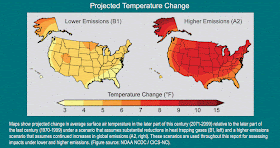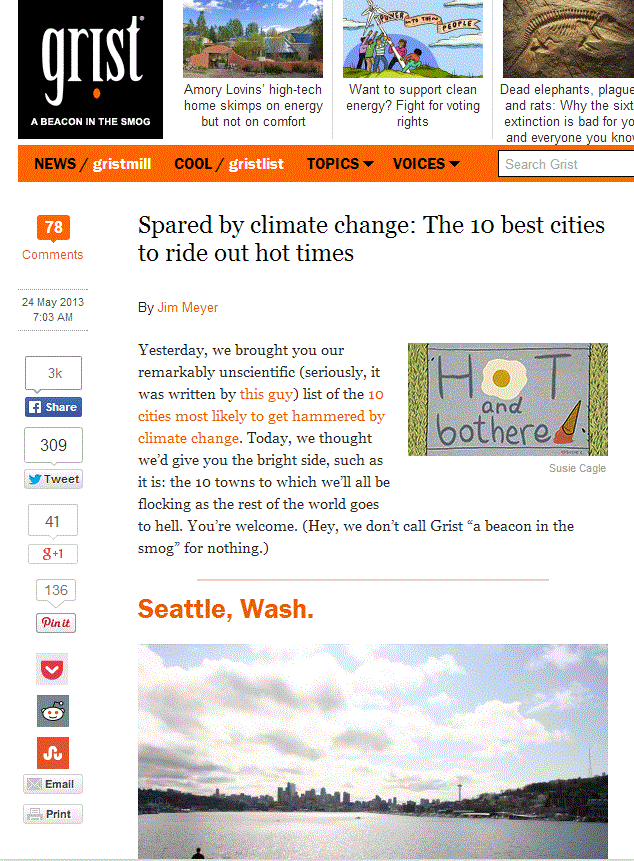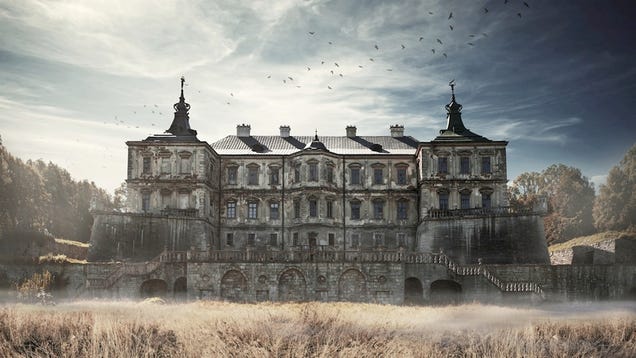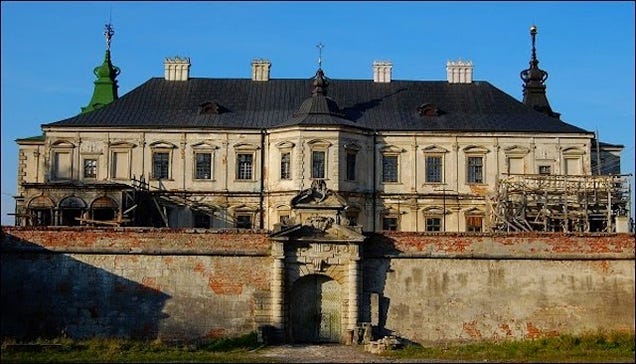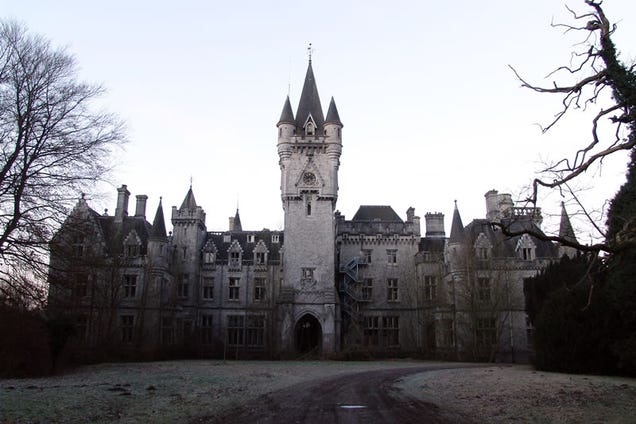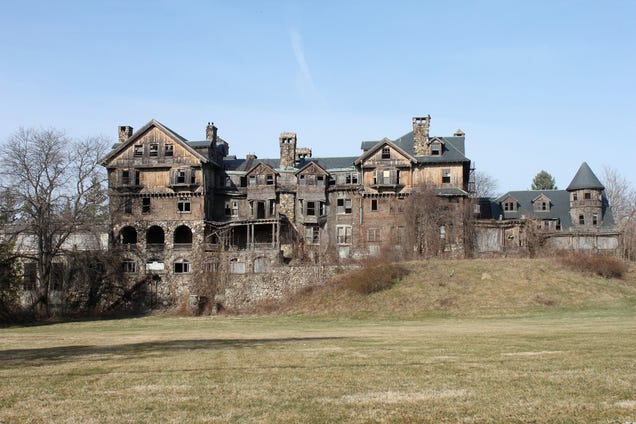Rob Beschizza at 1:06 pm Wed, Jul 20, 2011

The FBI has released its files on two famously controversial publishers, Paladin Press and Loompanics Unlimited, following a FOIA request filed by Government Attic. The files suggest that the booksellers' huge libraries of books on drugs, guns and other ultra-libertarian issues only rarely drew the FBI's attention. Though their catalogs were similar, Loompanics stood out for its countercultural style, whereas Paladin specialized in republishing declassified military guidebooks and the like. When Loompanics wound up operations in 2006, Paladin acquired part of its back catalog.
The FBI's files on Paladin Press date back some forty years, and reveal an early 1970s investigation into the classification status of the U.S. government materials that Paladin republished. Since then, however, the release shows that the bureau took little interest in it except to execute procedural inquiries on behalf of foreign investigators. The Loompanics file is much the same. Concluding that the organization and its publications were legal, the FBI only revisited it to conduct inquiries triggered by hand-wringers and foreign cops.
Paladin Highlights •
In the early 1970s, the FBI looked into of how Paladon got hold of various government documents. A la "Wow, we declassified that? Huh." • In 1983, a recipient of an unsolicited catalog for Paladin's books sends an angry letter to their senator, expressing disbelief "that something like this could exist in this country." The senator asks the FBI to investigate it "because of the desire of my office to be responsibe to all inquiries." The FBI: "Our review failed to find any violation of federal law ... the Paladin press has been brought to our attention in the past." • After a Paladin video tape was found in the possession of a murder victim in Liverpool in 1997, the coppers there ask the U.S. Embassy if these guys ship guns or silencers to England or something. The FBI checks it out. Paladin says it only sells media, and refuses to provide general customer info on privacy grounds, but will do so for specifically-named suspects or victims. Once given the info, it reports that it has no records of any of them. • Australia gets upset when Paladin republishes stuff from its classified military manuals. The resulting FBI investigation asks Paladin, where did you get that? Paladin says it bought the original manuals in a bookstore in Sidney, Australia. The FBI takes a motrin and fixes itself a drink.
Loompanics Highlights •
A typical FBI response to an inquiry from whomever: "AGAIN THIS IS NOT CLASSIFIED OR RESTRICTED MATERIAL ... THESE ITEMS ARE POSSIBLY OF INTEREST TO TERRORISTS OR EXTREMISTS, BUT, AS ALL ARE IN THE PUBLIC DOMAIN OF THE U.S., POSSESSION OF SUCH ITEMS CONSTITUTE NO VIOLATION OF LAW." • In 1984, the FBI interviewed the "owner" of Loompanics (i.e. Mike Hoy) in order to identify a particular subscriber to Loompanics who was a suspect in a criminal investigation. He was concerned about government intervention in his business but "reluctantly" advised that in order to get on the subscriber list, you had to buy a book. The FBI concluded that he violated no laws through the operation of his mail-order bookselling business. • In the 1980s, police in Germany make an inquiry about the origins of Loompanics materials owned by locals who, "with the help of these materials ... have been attempting to create dissention." The books were "Total Resistance", "Psychedelic Chemistry" and "CIA Improvised Sabotage Devices". You can download the files at Government Attic's Department of Justice documents page.






















